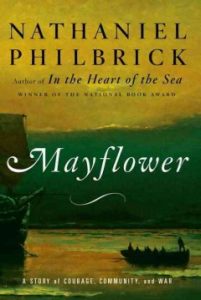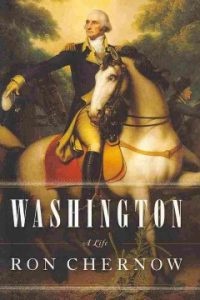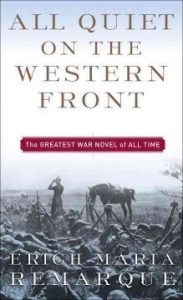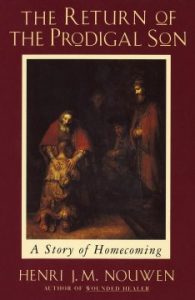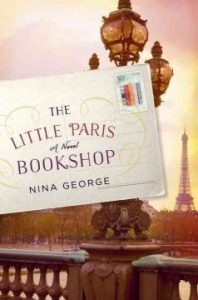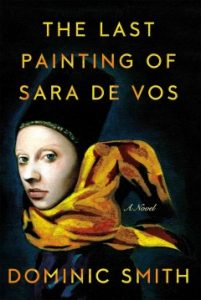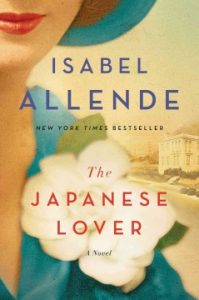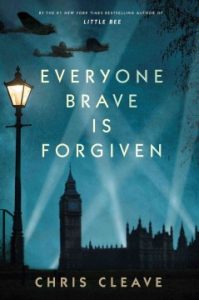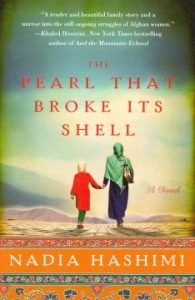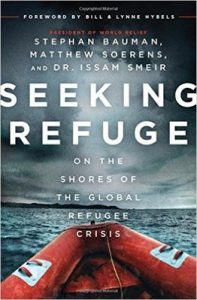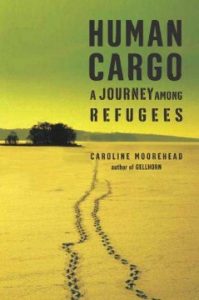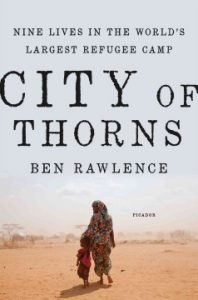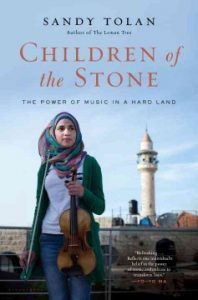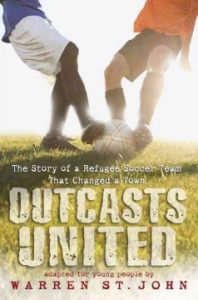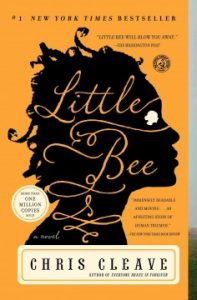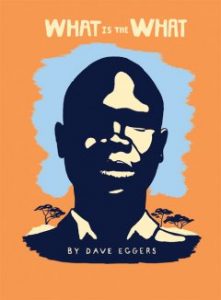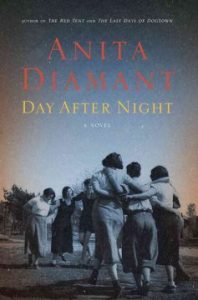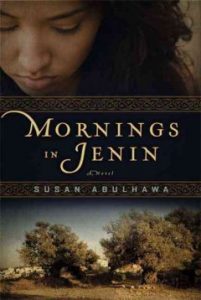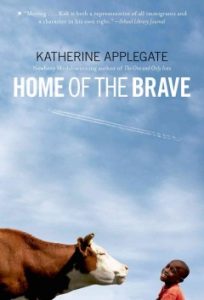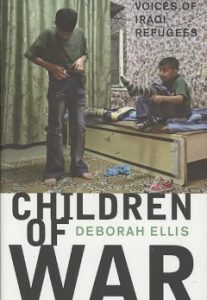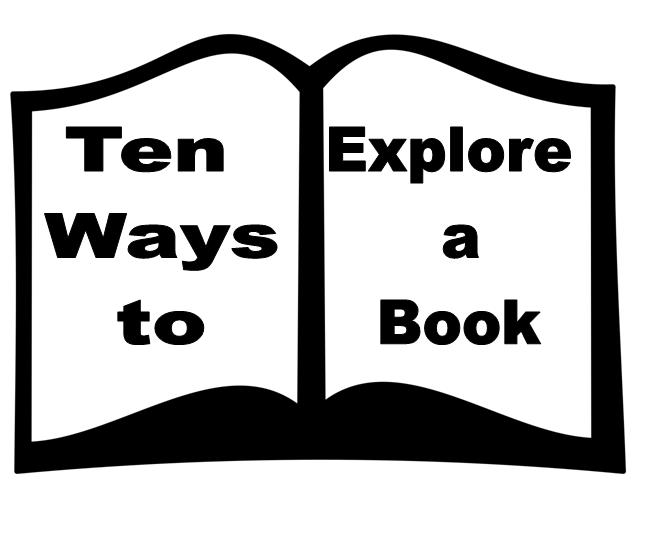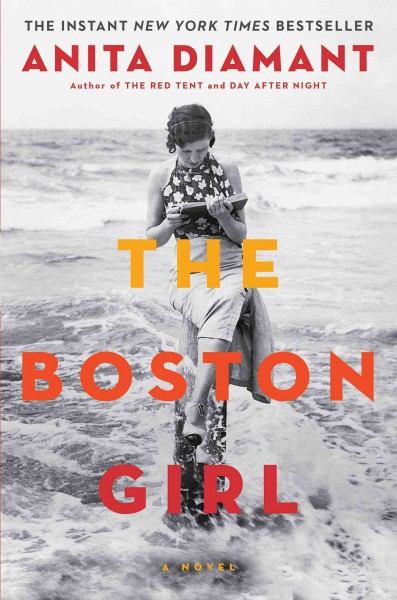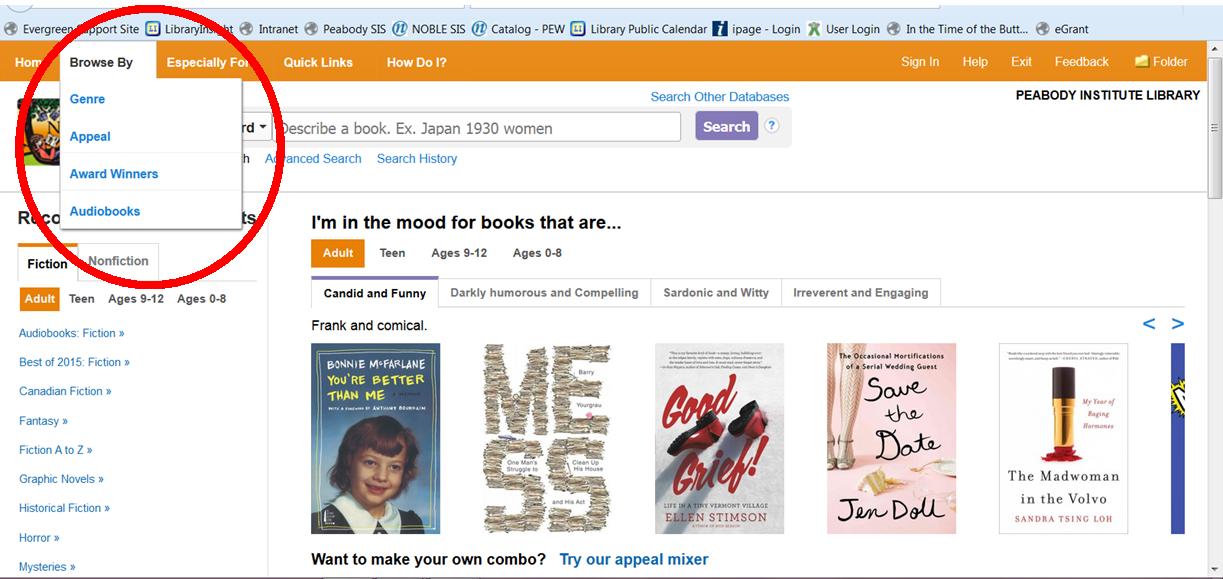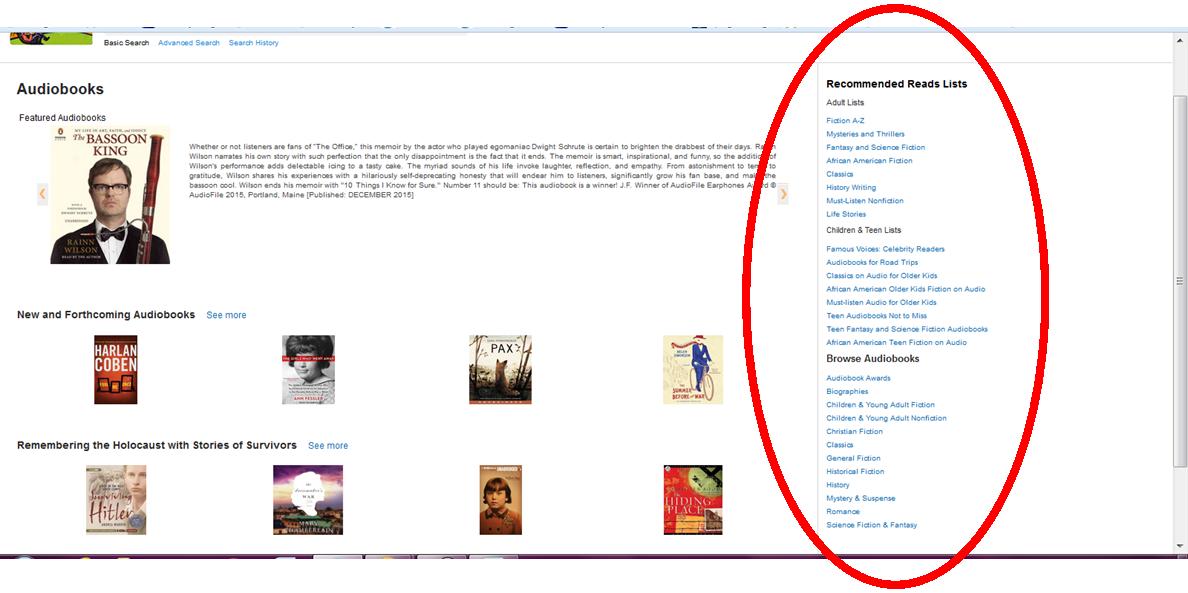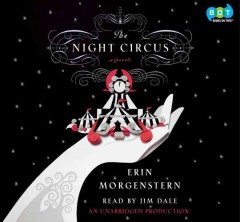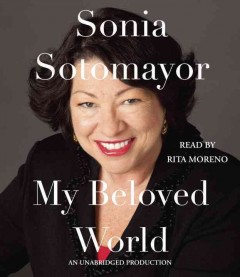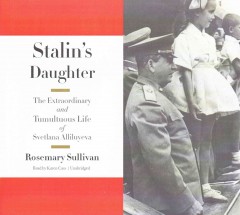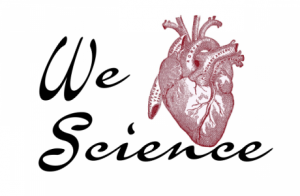 As high school and college students around the country start to think about hitting the stores to get the items they need before they head back to school, the staff at the library are preparing to say our annual, fond farewell to our summer interns. From running the Summer Food Program to bringing extra energy to the Creativity Lab to staffing our circulation desks, this year the library has had a dozen or so interns join us for the summer. Every year, we try as hard as possible to exploit… excuse me… I mean leverage our interns’ considerable talents to make the library an ever-more exciting destination.
As high school and college students around the country start to think about hitting the stores to get the items they need before they head back to school, the staff at the library are preparing to say our annual, fond farewell to our summer interns. From running the Summer Food Program to bringing extra energy to the Creativity Lab to staffing our circulation desks, this year the library has had a dozen or so interns join us for the summer. Every year, we try as hard as possible to exploit… excuse me… I mean leverage our interns’ considerable talents to make the library an ever-more exciting destination.
This summer, the West Branch staffed was joined by an intern who will soon be attending St. Michael’s College in Vermont as a biology major. When I heard that Marina’s interests lay in the scientific realm, the wheels in my head started turning. Now, I love science. As a teenager I had dreams of becoming a chemist (those dreams were derailed by high school physics, but I digress). But after spending my post-high school years studying politics, public policy and librarianship, I’m not sure I could tell a genome from a geode. Still I do believe it’s important for those of us in the general public to have a basic level of scientific literacy. Also, science, in the right hands, is interesting, compelling and downright fun. So I asked Marina to compile a list of science books that would interesting to those of us who don’t have her impressive scientific background. In other words, I set her on a mission to find science books for the rest of us.
You can see her complete list of recommendations for adults on our Pinterest account (do you follow us yet?). But here are just a few of Marina’s picks that I find most intriguing:
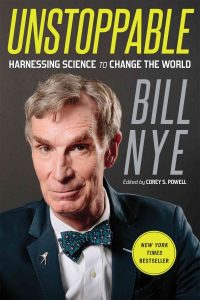 Unstoppable: harnessing science to change the world by Bill Nye. Who among doesn’t have a secret soft spot for the Science Guy? Here Nye calmly explains both the science behind global warming and the scientific possibilities for solving our most pressing environmental challenges.
Unstoppable: harnessing science to change the world by Bill Nye. Who among doesn’t have a secret soft spot for the Science Guy? Here Nye calmly explains both the science behind global warming and the scientific possibilities for solving our most pressing environmental challenges.
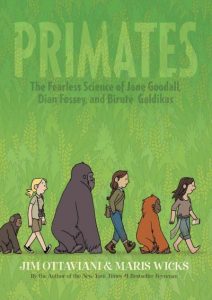 When I was in upper elementary and middle school one of my favorite annual assignments was to read a biography and do a project on a scientist. My favorite scientist was (and is) Rachel Carson. But the women in the graphic biography Primates: the fearless science of Jane Goodall, Dian Fossey, and Birute Galdikas by Jim Ottaviani could challenge Rachel’s place in my heart. This title is the only one on this list that I’ve personal read and can vouch for. If you manage to read this book and are not duly impressed by these scientists’ dedication to their field than you are much harder to impress than I am.
When I was in upper elementary and middle school one of my favorite annual assignments was to read a biography and do a project on a scientist. My favorite scientist was (and is) Rachel Carson. But the women in the graphic biography Primates: the fearless science of Jane Goodall, Dian Fossey, and Birute Galdikas by Jim Ottaviani could challenge Rachel’s place in my heart. This title is the only one on this list that I’ve personal read and can vouch for. If you manage to read this book and are not duly impressed by these scientists’ dedication to their field than you are much harder to impress than I am.
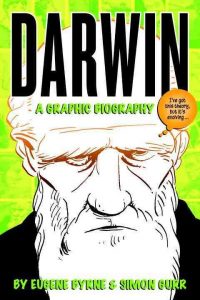 And if you enjoy Primates, you’ll also want to get your hands on a copy of another graphic biography: Darwin by Eugene Bryne. As the sub-subtitle of this book suggestions, this is the “really exciting and dramatic story of a man who mostly stayed at home and wrote some books.” Of course, in the process, he changed our understanding of the world and ignited some fierce debates.
And if you enjoy Primates, you’ll also want to get your hands on a copy of another graphic biography: Darwin by Eugene Bryne. As the sub-subtitle of this book suggestions, this is the “really exciting and dramatic story of a man who mostly stayed at home and wrote some books.” Of course, in the process, he changed our understanding of the world and ignited some fierce debates.
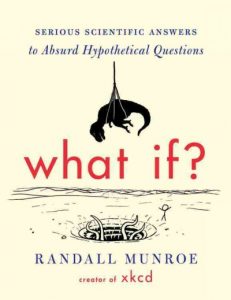 What if? serious scientific answers to absurd hypothetical questions by Randall Munroe. We do have a love affair with the absurd don’t we? Whether it’s reality TV shows, over the top political campaigns or eyebrow raising celebrities, we do tend to lend our ears and eyes to the unusual. Randall Munroe has used this fascination with the odd to make his webcomic an internet sensation. He invites readers to submit their strangest questions and then seeks to answer them with hardcore scientific logic and research. And a lot of humor.
What if? serious scientific answers to absurd hypothetical questions by Randall Munroe. We do have a love affair with the absurd don’t we? Whether it’s reality TV shows, over the top political campaigns or eyebrow raising celebrities, we do tend to lend our ears and eyes to the unusual. Randall Munroe has used this fascination with the odd to make his webcomic an internet sensation. He invites readers to submit their strangest questions and then seeks to answer them with hardcore scientific logic and research. And a lot of humor.
 If you like your science mixed with a bit of self-help, you may want to try Plastic Purge by Michael SanClements. This one little book can help you “eat better, keep toxins out of your body and help save the sea turtles.” All you have to do is use less plastic. Although, when you think about it, that’s quite a daunting task given just how ubiquitous plastic is in our day to day lives. Still, if you’d like to give it a shot, SanClements uses compelling scientific logic and an accessible writing style to give you the motivation and tools you’ll need.
If you like your science mixed with a bit of self-help, you may want to try Plastic Purge by Michael SanClements. This one little book can help you “eat better, keep toxins out of your body and help save the sea turtles.” All you have to do is use less plastic. Although, when you think about it, that’s quite a daunting task given just how ubiquitous plastic is in our day to day lives. Still, if you’d like to give it a shot, SanClements uses compelling scientific logic and an accessible writing style to give you the motivation and tools you’ll need.
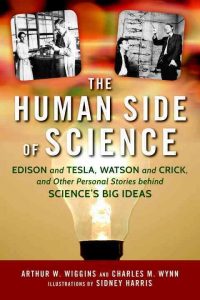 I don’t know about you, but I love a good anecdote. I enjoy a glimpse into the personal lives of the brilliant and accomplished. Which leads me to believe that I would enjoy reading The Human Side: Edison and Tesla, Watson and Crick, and other personal stories behind science’s big ideas by Arthur Wiggins. There’s just something intriguing about learning about the romances, personal feuds, petty jealousies and frankly unattractive prejudices of the most brilliant scientific minds the world has ever known.
I don’t know about you, but I love a good anecdote. I enjoy a glimpse into the personal lives of the brilliant and accomplished. Which leads me to believe that I would enjoy reading The Human Side: Edison and Tesla, Watson and Crick, and other personal stories behind science’s big ideas by Arthur Wiggins. There’s just something intriguing about learning about the romances, personal feuds, petty jealousies and frankly unattractive prejudices of the most brilliant scientific minds the world has ever known.
So there you have it. No matter how many years removed you are from your own high school or college career, you now have a list of books to read that can entertain, enlighten and fill in the gaps in your scientific education. And if you have any little ones in your life, you may also want to check out Marina’s list of the best of the best science books for kids.


